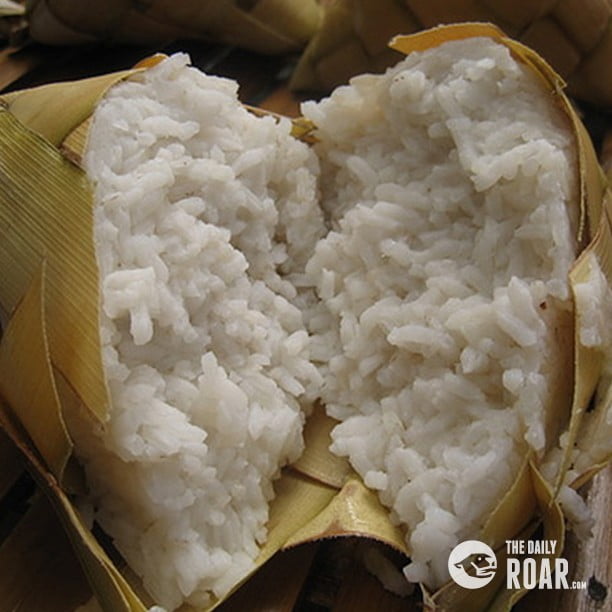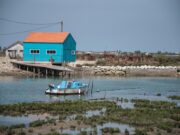Who would not want to see this as a historical food and is still being used for living in everyday lives up to now? When and how was this used and discovered? These are just some questions that some people ask. Hanging rice or puso in its local term, is much known in Cebu for its great taste.
The rice is placed and cooked inside the woven palm leaves and is afterwards dipped into the boiling water until it gets cooked.
Puso has been derived from our ancestors in which they used to use this as their pack lunch when they go to work, and have a long walk heading to their destination. It also derived from the Visayan word “bunga” or “bulak” which means fruit or flower. It has always been a part of the Cebuano culture
There are approximately 6 weaving designs of puso which are of purposes that our grandparents still believe in to up to now. They use puso as their offerings to their gods. They offer it so they could ask their gods for a favor, give thanks to them for the good harvest (Hikayan), for the exorcism of demons or the ritual done by the “tambalan” or priest.
The 6 different puso designs are the following:
- Binosa – this is the kind of weaving that is made up of only one strand which similarly looks like a wine glass.
- Kinasing – this design is made up of two (2) strands, and this is what we commonly find and buy in Cebu. This diamond-like structure can also be compared to SM Seaside City’s Cube.
- Pudol or Dumpol – this design looks more similarly like the Kinasing design, but its most bottom part is not as pointed as Kinasing is
- Badbaranay – this is the kind of design that means to “unravel” or “open”
- Binaki – this design is a frog-like kind of weaving, and as this is translated to Visayan, baki means “frog”
- Manan-aw – this design is made up of eight (8) strings, and it is the biggest amongst other puso designs
Puso is best paired with other Cebuano foodstuff like Lechon Baboy, Siomai, Ngohiong, Lechon Manok, Barbecue, Ginabot (chicharong bulaklak) that can be found near Redemptorist Church in Mango Avenue, sidewalk foods such as tempura, pungko-pungko, lumpia, and a lot more. There are many stalls that can be found anywhere in Cebu. It can also be ordered from the puso vendors at a very cheap and affordable price.


























